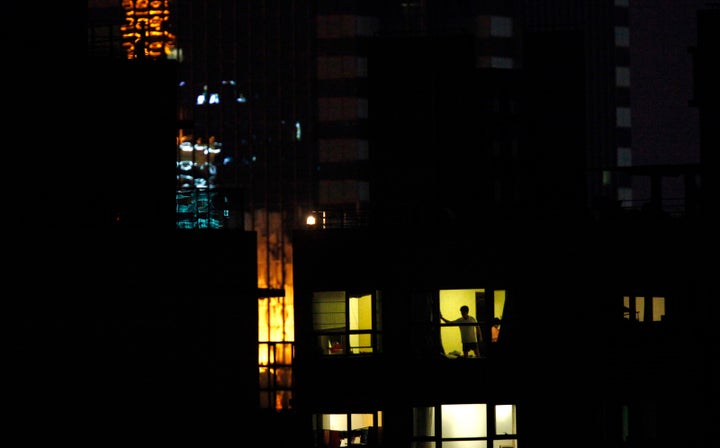
According to a survey released by the government of Japan this month, more than half a million young people have recoiled from society to lead reclusive lives.
The phenomenon, called “hikikomori,” is defined by the Japanese Health, Labor and Welfare Ministry as people who haven’t left their homes or interacted with others for at least six months. Of the 541,000 people between age 15 and 39 who fit that description, 34% have spent seven years or more in self-isolation. Another 29% have lived in reclusion for three to five years.
Hikikomori (the term is used for both the condition and its subjects) surfaced as a phenomenon in Japan in the 1990s. At the time, some experts estimated that about one million people, mostly young men in their 20s, were spending their days locked up in their bedrooms, reading manga (comic books), watching TV, or playing video games. They refused to work or go to school and often didn’t communicate with family members, let alone friends.
There’s no standard course of treatment. Doctors believe the condition, which is not yet classified as an official disorder, is caused by a mix of psychological and societal influences. It’s far more common in men, who face more cultural pressure to succeed socially and professionally than women do. According to the New York Times:
“Men start to feel the pressure in junior high school, and their success is largely defined in a couple of years,” said James Roberson, a cultural anthropologist at Tokyo Jogakkan College and an editor of the book “Men and Masculinities in Contemporary Japan.” “Hikikomori is a resistance to that pressure. Some of them are saying: ‘To hell with it. I don’t like it and I don’t do well.’”
To fail at work or school is to risk social exclusion, something that can be avoided by voluntarily withdrawing from the world. For some, personal setbacks lead to feelings of severe inadequacy, triggering crippling anxiety.
In 2010, a Japanese cabinet report estimated there were just under 700,000 hikikomori in Japan, which suggests that their numbers are shrinking. Experts say the government’s findings are unreliable, however, since its survey only included people aged 15 to 39. Tens of thousands of men with the condition have likely aged out of the report’s demographic window. What’s more, although hikikomori usually begins in adolescence or in one’s twenties, it can also strike in mid-life. Last winter, the Japan Times reported that a growing number of men in their mid-40s were falling through “widening cracks in the social fabric,” and exhibiting “hikikomori-like behaviors,” usually after being laid off from work.
Hikikomori almost always come from higher-income households, and the parents of those who drop out of life this way are often highly educated. Researchers have found that not only do educated parents hold loftier expectations for their children, they also have the means to support an unemployed adult son. One study of 88 hikikomori found that 60% lived with both parents, and a smaller percentage lived with just their mother.
The problem isn’t limited to Japan. A review published in Research and Advances in Psychiatry last year found documented cases of hikikomori-style social reclusion in countries around the world, including the U.S., China, Spain, Italy, Australia, Bangladesh, and Iran. In South Korea, hikikomori may be better known as severe internet addiction, a grave public health concern in the country.
According to the review’s authors, the conditions that breed hikikomori could exist in any developed nation, especially during times of high youth unemployment or underemployment. Technology, after all, is good at making us feel connected, even when in reality we feel hopelessly alone.
This article originally appeared on Quartz.